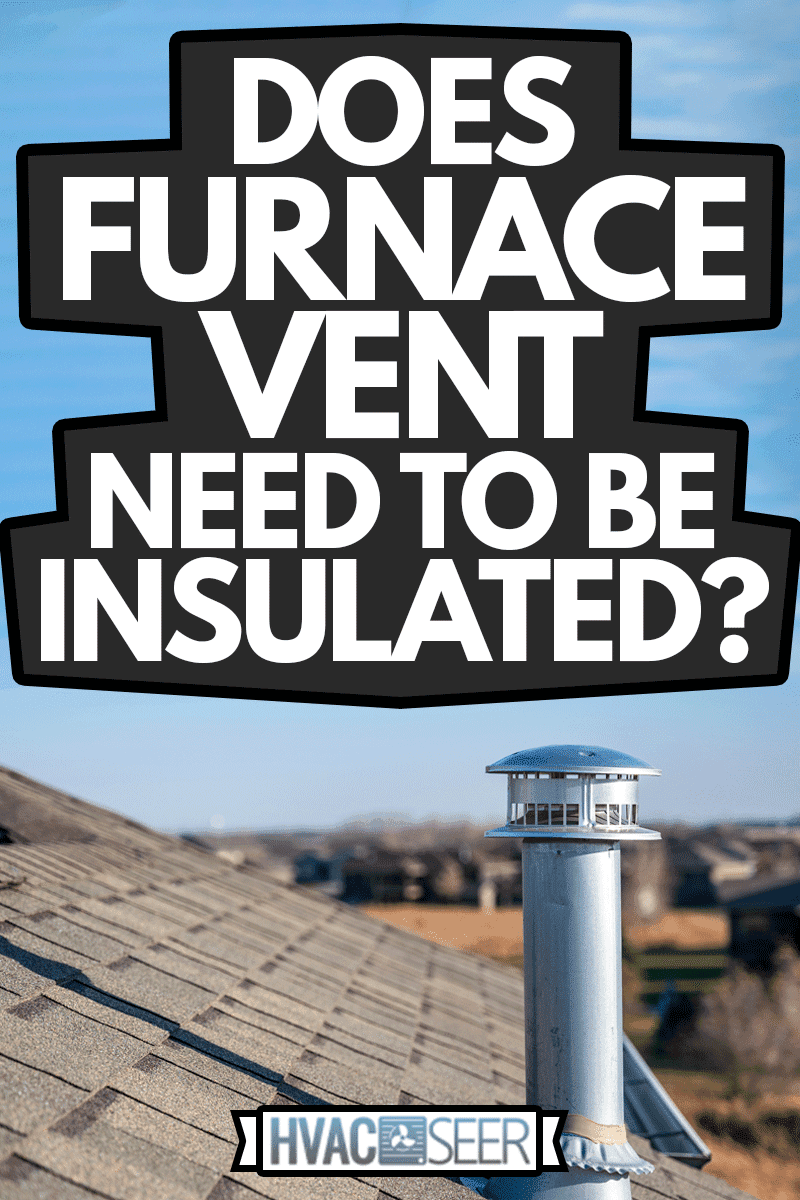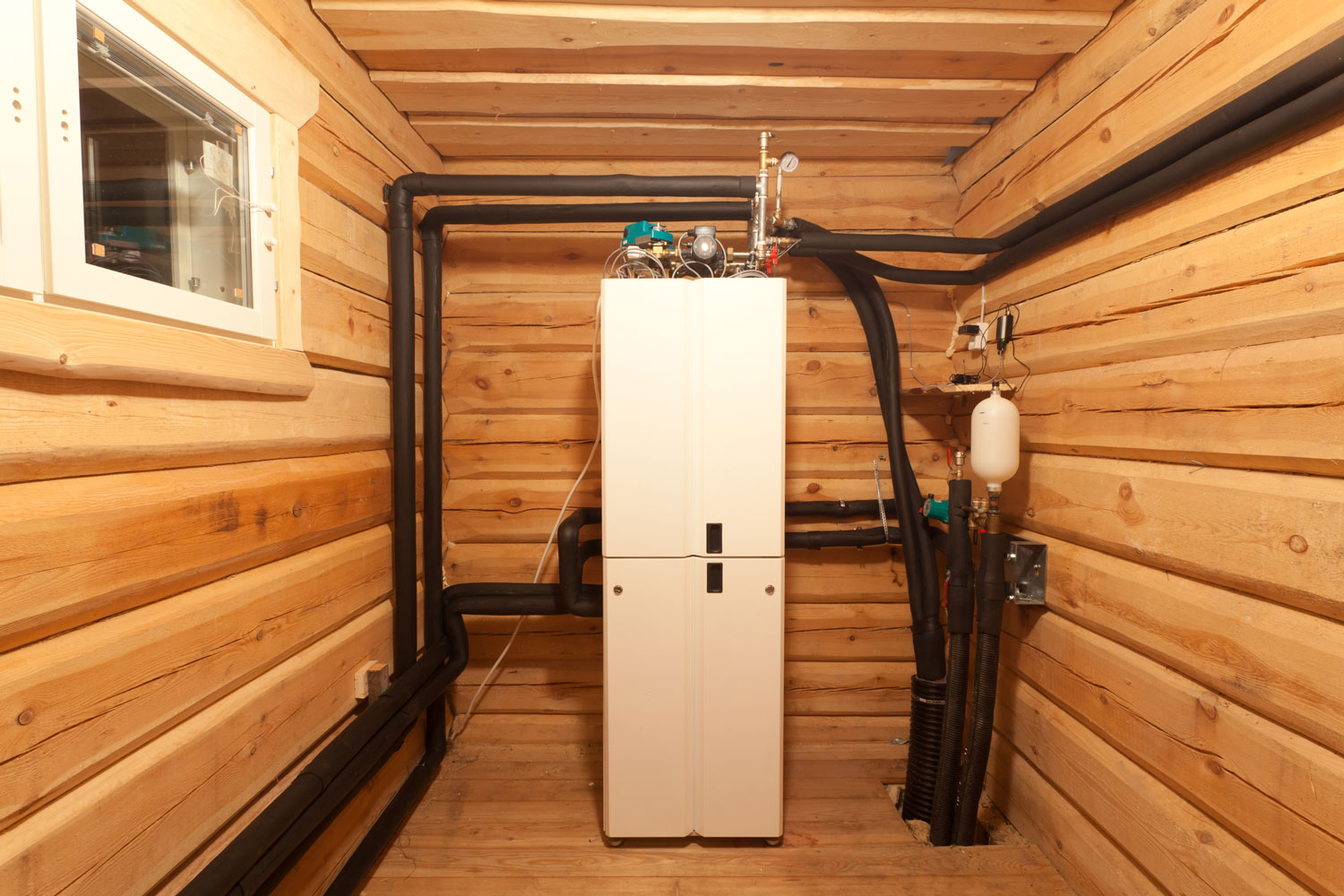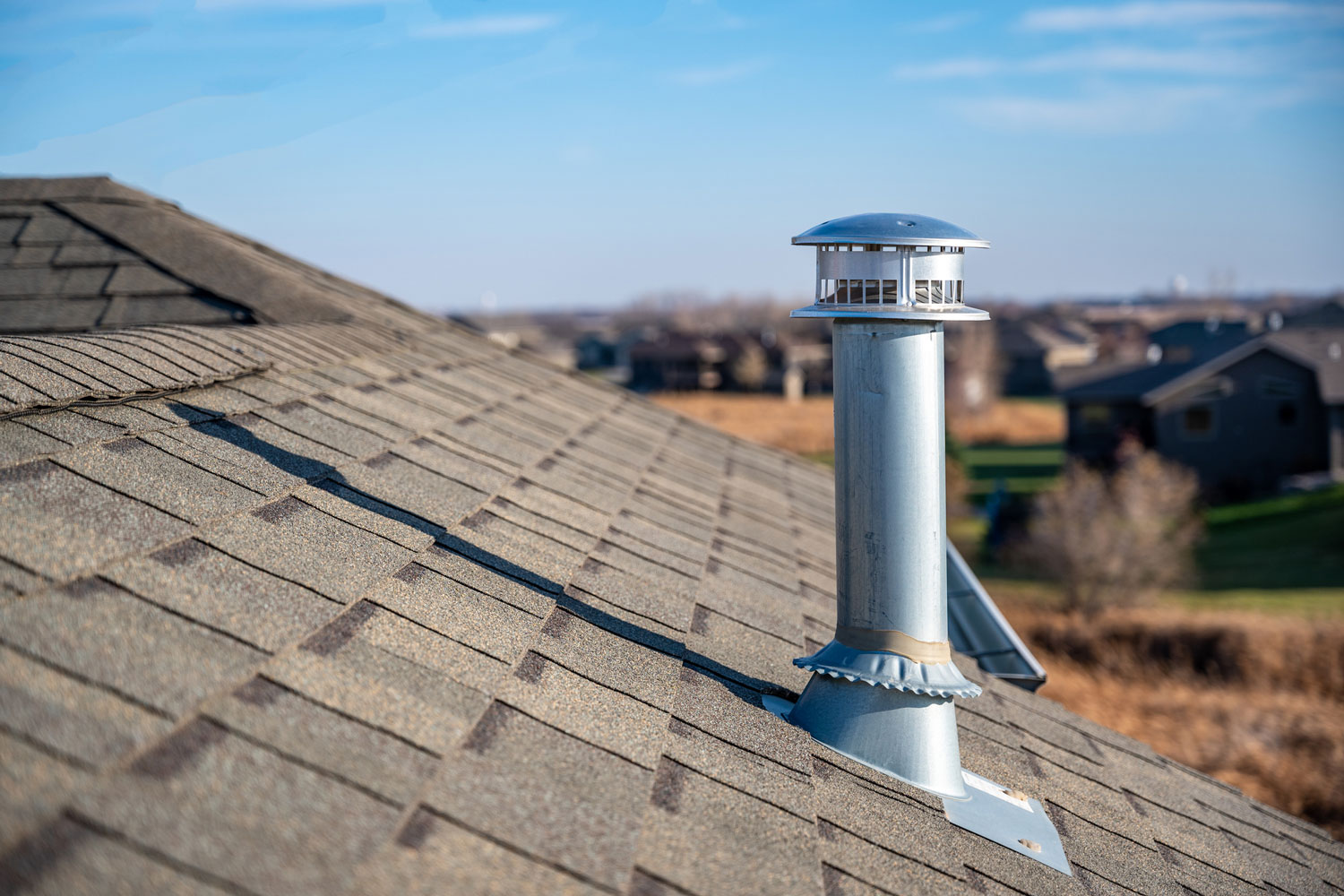As the wintertime comes upon us, you may be wondering whether or not your furnace vent needs to be insulated. Does this help with energy preservation? And is it even worth the hassle? If so, how do you do it? We have done a bit of research on this subject, and in this post, we will answer these inquiries for you.
While it's not necessary that the furnace vents are insulated, it is essential that they are sealed properly. You may be surprised to learn that the vents can cause you to lose anywhere from 20 to 35% of cool or heated air if they are leaky. So it makes sense that insulating and sealing the vent ducts and flue pipes will help you save on your energy bill and keep your home comfortable during the winter and cold seasons. This is especially true if you live in areas with extreme temperatures.
You can always improve your home's energy efficiency and reduce your energy bills by properly sealing and insulating the vent ducts to your furnace. If you don't mind paying a contractor a few hundred dollars to do it, you can easily increase your home's energy score. And you can also perform the task yourself. Continue reading to learn more about it.

What's the Point of Insulating a Furnace Vent?
The vent of the furnace carries the heated air from the furnace's blower throughout the various rooms and levels in your home. Most vent ducts are located within the rooms, floors, and walls of a home, and they're mostly made from aluminum or galvanized steel.
So, they typically don't hold cold air or heat very well. Instead, they rely mostly on insulation in the walls and ceilings to retain their efficiency.
This is where insulation and sealant can come in. If you notice any drafty areas in your home during the colder months or simply feel like your winter energy bills should be lower, it could be due to leaky vents.
And in some cases, your local government may have building codes requiring you to place insulation around the vents, exhaust pipes, or the area surrounding the furnace. To determine if this is the case, it's best to check with your local government by calling them or visiting their website.
Another reason why you may want to insulate the vent ducts is ice damming. This can be a very serious problem if you live in a colder region.
Melting ice will flow down from the roof and onto your soffit or eaves, resulting in a dam that piles up with more ice and snow. This buildup can damage the shingles on your roof and cause water leaks inside of your home.
It can also cause sheets of ice to fall from your roof, which can be particularly hazardous. Adding a few layers of insulation to the vents in your attic can prevent this from happening.
Can a gas furnace freeze?

Yes and no. While it's likely that the furnace unit itself will freeze over, it is possible for the pipes connecting the furnace to freeze. This is more common in high-efficiency condensing furnaces where there is moisture formation over a long period of time.
If the moisture doesn't drain out of the condensing line, it can definitely freeze inside of the line when temperatures are low or below 32 degrees Fahrenheit. For this reason, the furnace must have proper drainage to prevent freezing.
Proper drainage typically includes having a condenser line that is properly sloped, supported between the exterior discharge point and the furnace itself, and has an exterior discharge location that's at least 12 inches above the ground.
How do you know if your furnace is frozen?
Other than the sign of visible ice on any pipe involving your HVAC unit, another obvious sign includes the lack of heated air flowing through your home. If you place your hand in front of one of the vent ducts and feel no warm air coming out, it's possible that you have ice somewhere in the system.
Or the system could simply be malfunctioning. You may also notice a hissing sound coming from your furnace unit. If so, check the condensate line to see if it is frozen over. If you see visible ice on the line, chances are that the inside is also frozen over.
How do you insulate a furnace vent?
Here are the steps to insulate a furnace vent:
Things you'll need:
- Mastic
- Protective clothing and eyewear
- Vent foil
- Workman's gloves
- Box cutter
- Aluminum flashing
1. Gather your materials
The first thing you want to do is to gather all of your insulation materials and tools. You'll also need something to cut the insulation such as a box cutter or a small portable saw.
Find this portable saw on Amazon.
2. Seal the ducts
It's always best to first seal your vent ducts before you insulate them. Start by inspecting the ductwork for any leaks by checking for gaps and holes at the vent. If you see any signs of mold, moisture, or other issues, you may need to contact a contractor before moving forward.
If not, apply mastic or duct sealant to the joints and seams in the ductwork. Note that this type of project can be a bit messy, so be prepared with the proper clothing, gloves, and eyewear. You can use either mastic tape or mastic to apply to seal the vents.
Find this protective suit on Amazon.
3. Measure, cut, and apply the insulation
Next, measure the ductwork to determine how much insulation you will need to cover it. The most common type of insulation to use is foil-backed fiberglass. It's also the most cost-efficient option for ductwork.
It's best to find insulation that's rated at least R-6 or R-12 for maximum efficiency. Next, cut the insulation as needed and then wrap it around all of the ductwork so that it's completely covered from top to bottom.
The insulation should touch at the top of the vents. Next, secure the insulation in place using several short strips of vent tape. Be sure to apply the tape both horizontally and vertically for maximum hold.
There should be no gaps in the insulated ductwork. Go back over each vent duct to double-check that every joint in the seam is properly sealed and insulated.
Insulating the flue pipe
You may not think of this, but it's also helpful to insulate your home's flue pipe as well. The flue pipe is the metal tubing extending out from the gas furnace (or, in some cases, the water heater) and out through the top or side of the home home.
The tube carries the used carbon monoxide from the furnace to the outside. Since propane or natural gas is burned, it can become extremely hot, which can be a problem if the flue runs through your attic—it can cause your attic to become very hot.
And if you have an extra room in your attic, this can make it very uncomfortable to live in. Sealing the pipe can help contain the heat to keep the attic much cooler. Here's how to do it.
1. Turn off the appliances
Start by turning off the furnace and the water heater. Give the flue about 30 minutes to cool off.
2. Measure the pipe
Next, measure the pipe's length and circumference. Then cut your aluminum flashing into sheets that can fit around the flue and between it and the ceiling joists.
3. Apply the aluminum flashing
Apply the flashing to the flue along with a thick bead of high-temp caulk to secure it. Be sure to wear thick workman's gloves to protect your hands, as the flashing is very sharp.
Find these workman's gloves on Amazon.
How far can you vent a furnace?
The maximum distance you can run a furnace vent vertically is about 13-15 feet. If there's a forced intake within about 9-10 feet of the vent, the exhaust terminal should be placed at least 3 feet above it.
Wrapping Things Up

We hope this post has helped explain why insulating your furnace's vents can help improve your home's energy efficiency and overall comfort level. Remember to always get the measurements of your vent ducts and flue pipe beforehand to determine how much insulation you'll need.
Before you go, be sure to check out our other posts:
How Much Does It Cost To Insulate A 1,200 Square-Foot House?



